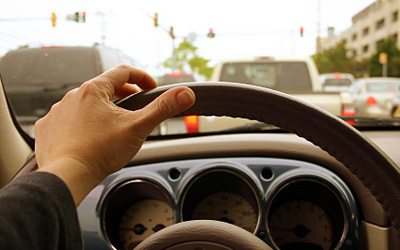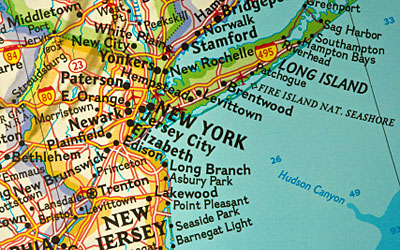Improper Passing
OVERVIEW
A driver may be guilty of improper passing in one of several ways. First, if the driver passes a vehicle proceeding in the opposite direction on the left rather than the right, the driver commits the violation. If the driver passes a vehicle proceeding in the same direction on the right, the driver is also guilty of improper passing, unless the other vehicle is about to make a left turn or there are at least two lanes of traffic proceeding in that direction. A driver may not drive to the left of the center of the highway to pass a vehicle move in the same direction unless the left side is clearly visible and is free of oncoming traffic far enough ahead to permit safe passing. Finally, a driver must not cross a “No Passing” solid line on the highway unless directed to do so by a traffic or police officer.
FINES AND COSTS
A driver who is convicted of improper passing may be subject to a fine of not less than $52 nor more than $202. If the offense is committed in an area of highway repair or construction, the amount of the fine is doubled. Upon a conviction for passing on the right in a “No Passing” zone, the driver will be assessed four points by MVS. Upon conviction for failing to pass a vehicle traveling in the opposite direction on the right, five points will be assessed.
PASSING
A driver must know the proper lane for normal driving and how to change lanes safely. Rules for passing depend on road type. Stay to the right of the center lines. Passing only safe when there is no oncoming traffic. Watch for lane markings. If the centerlines are both solid, passing is prohibited. If the centerline is dashed on the drivers right side, passing is allowed. All passes must be completed before the centerlines are solid again.
PASS ONLY WHEN SAFE
Most passing should be made on the left. Pass on the right only on roads with more than one land going in the same direction if vehicles on the roadway are moving in two or more substantially continuous lines, or if the driver ahead is making a left turn. New Jersey law prohibits passing on the right should of the roadway.
DO NOT PASS:
- On a hill or a curve, or at any time sight lines are impeded.
- At a street crossing or intersection.
- At a railroad crossing.
- On narrow bridges, or in an underpass and tunnels.
- When a sign prohibits passing or center lines restrict passing.
- When behind a vehicle that has stopped to let a pedestrian cross.





